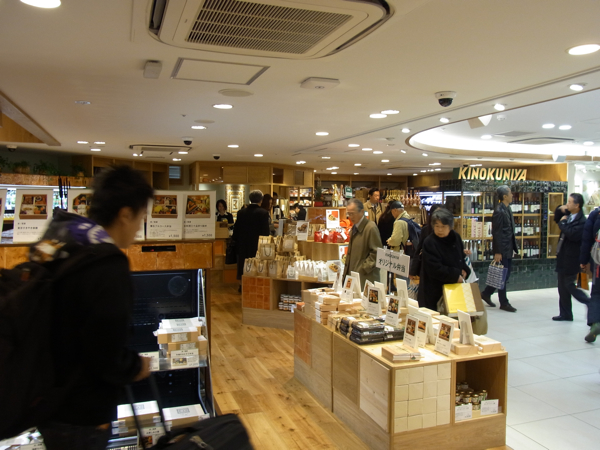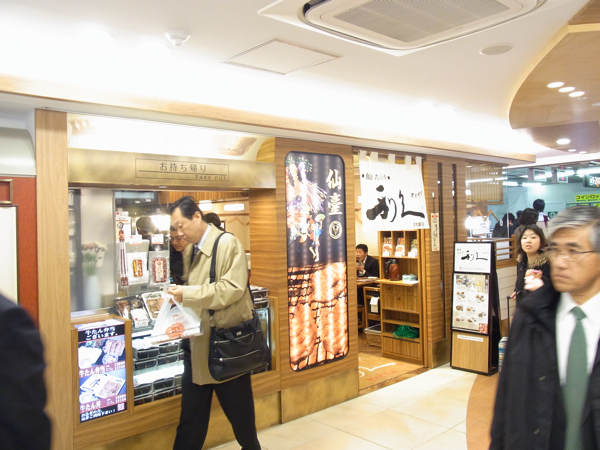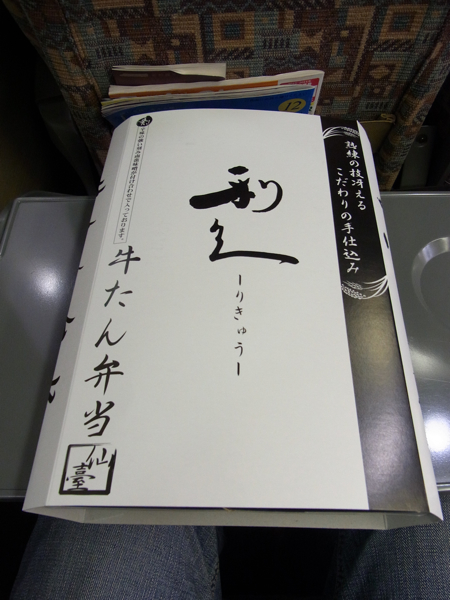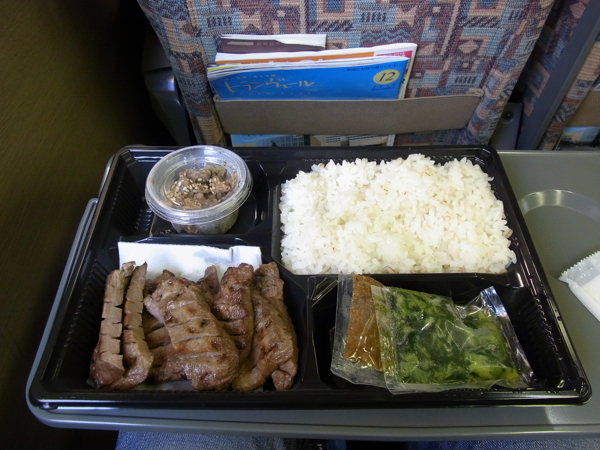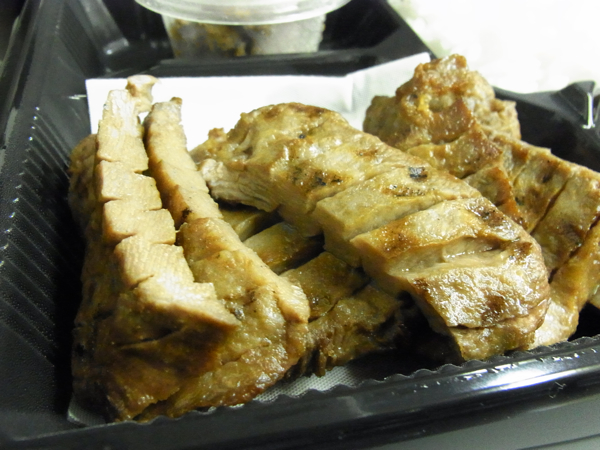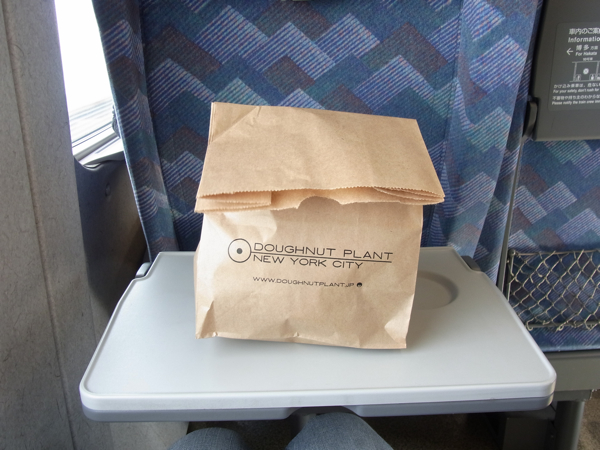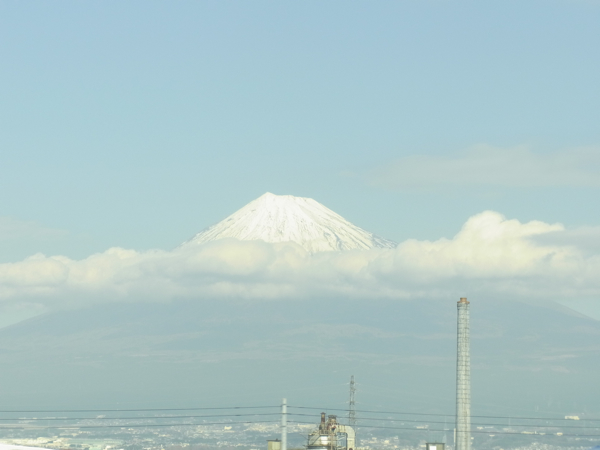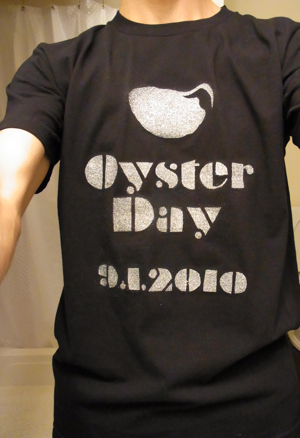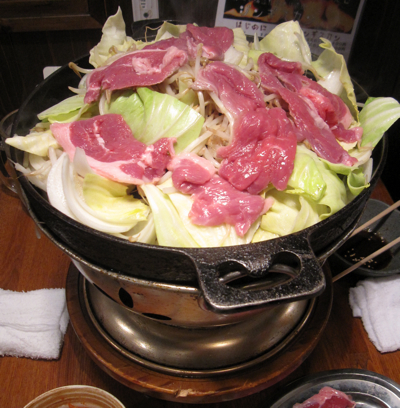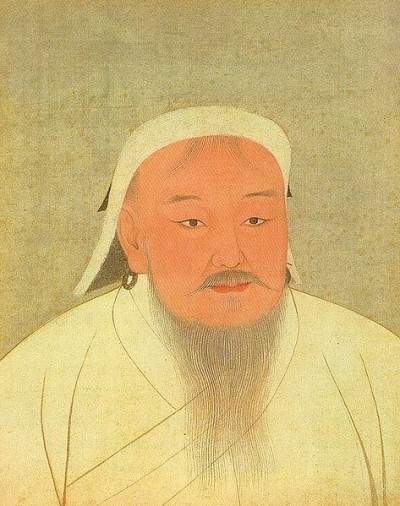I was in Japan last December for a whirlwind ten days of drinking, eating, and catching up with folks. I went out to ramen with Brian on my first full day in the country, but it’s taken me nearly six months to finally put together the video footage I took – I’m a lazy bastard (and was a little busy, as well). The worst thing is that in those five months, the shop has closed! Or so Brian told me.
Naginicai is one of the shops in the Nagi chain. It’s on the west side of Shinjuku Station and serves both lunch and dinner. You can check out what the dinner options were like on Brian’s or Keizo’s blog. I took video footage of the lunch, which only offers tsukemen:
Collabo-Ramen – naginicai from Daniel Morales on Vimeo.
I’ll have to double check with Brian to see whether they’ve actually closed or not. I know that he posted about a charity event that was held at naginicai in April, so maybe they are open for a limited number of events during the year.
For those unaware, the name although written in romaji actually means 二階 (にかい, second floor), which is a good name since it’s on the second floor. Within the restaurant, they also have a small loft seating area that you can rent out for nomikai.


